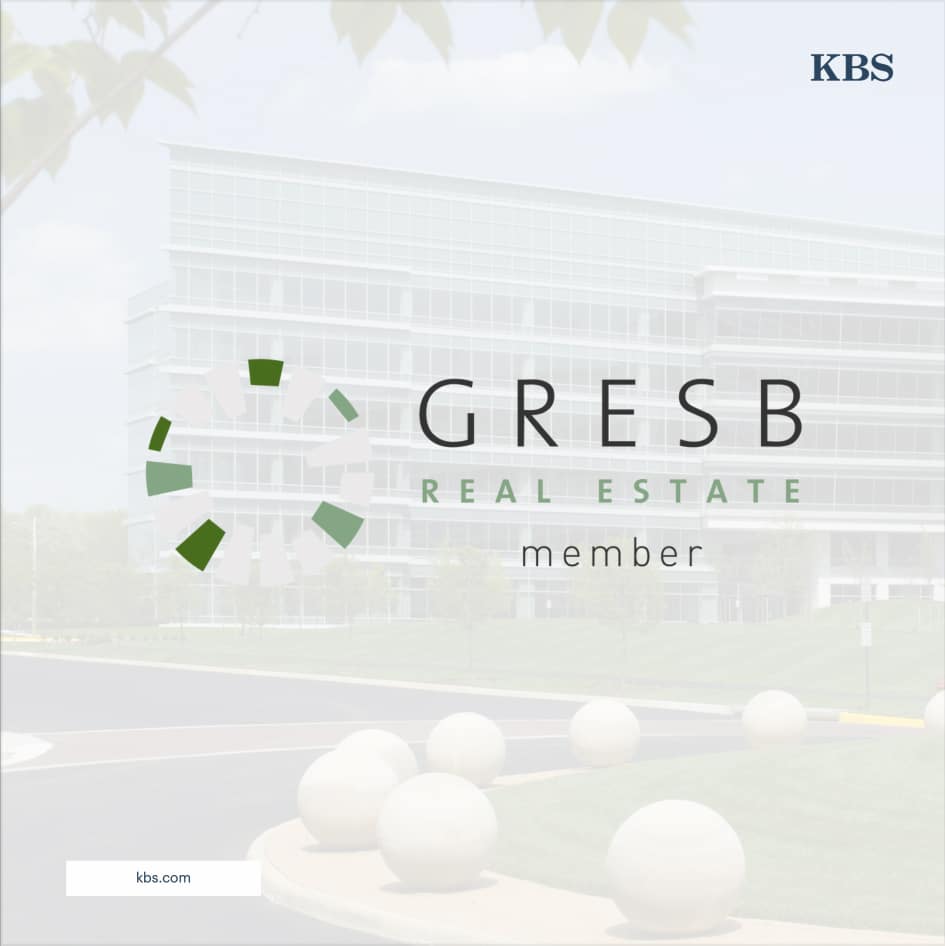Over the first two installments of this series, we’ve examined the elements of Environmental, Social and Governance (ESG) and how they’re driving commercial real estate (CRE) trends today — as well as in the foreseeable future. Where it comes to CRE investment, development, and the industry overall, ESG is just one of many notable factors to consider when determining a range of variables and issues — from building design, materials, locations, priorities, processes and technology — to business decisions, staffing, benefits, and initiatives such as diversity, equity and inclusion (DEI).
Due in part to the pandemic, labor-market trends and demands have taken a quantum leap forward. A younger, more progressive workforce has new expectations for how offices should be structured and what benefits should be offered. You can read more about these dynamics in an insightful Q&A with KBS’ Co-founder, President and Chairman Charles “Chuck” J. Schreiber Jr.
The demand for true social change and a renewed commitment to sustainability — coupled with new office structures — have all combined to revolutionize the how, where, and with whom we work. The latter points are the urgent and primary drivers of ESG, particularly in CRE. And while the industry may be among the largest contributor of stress on the environment, it’s one of the greatest innovators in environmental building technology.
Let’s take a closer look at the role governance plays in the structuring, development, and implementation of ESG initiatives.
“Governance refers to the implementation of decision-making, board oversight, rules, policies and procedures throughout an organization related to ESG,” says Brightest. “Organizations with strong ESG governance practices typically have responsible owners and leadership teams, clear ESG accountability structures, and good process controls.”
Governance policies show that an organization is “walking the walk” for social and environmental change and committing them to the public record in terms of actual company policy and procedures.
Some of the initiatives that fall under governance may include:
- Shareholder dynamics
- Board diversity
- Executive compensation
- The organization’s mission, vision and values
- Prioritizing sustainability
- Ethics and codes of conduct
- Tax and regulatory compliance
- Risk mitigation and management
- Data protection and cybersecurity
- ESG decision making, structure and reporting
According to Trepp, governance ensures policies are in place for risk management, auditing, compliance, information disclosure, and ethical business practices. These are some of the primary areas with which investors and potential investors are likely to be concerned.
“Like in other industries, in commercial real estate, governance factors are focused on the ethical operation of the entity while creating value for shareholders. In addition, there is more due diligence conducted on each of the property owners or sponsors.”
Examples of governance in action includes the use of independent, third-party auditors and audits, cultivating a more diverse board of directors, implementing data protection measures, improving executive accountability, or drafting, updating, communicating and training employees on important ESG policies. Typically, when a company wants to improve its governance, it takes constructive steps in one or several of these areas.
Let’s take the use of third-party sustainability audits to illustrate.
The KBS’ Green Team — a select group of KBS executives — is committed to achieving LEED certification and verifications through the UL Verified Healthy Building Program for as many KBS buildings as possible. The Team is constantly looking for ways to improve KBS’ sustainability benchmarking and, as a result, the company was recently honored to place among the top real estate companies in the world by GRESB.
KBS was able to demonstrate its continued commitment to ESG transparency and improved performance in GRESB’s 2023 Standing Investments Benchmark Report. Based on ESG participation, the ranking is commendable for a company’s first year of GRESB participation.
According to KBS’ ESG manager and Green Team Leader, Apaulo Malloy, “KBS plans to use this number —combined with GRESB’s star rating and Peer Comparison Ranking — as a key yardstick from which to achieve greater success.
Each year, GRESB assesses and benchmarks the ESG performance of assets worldwide, providing clarity and insights to financial markets on complex sustainability topics.
The GRESB Assessments are guided by what investors and the industry consider to be material issues in the sustainability performance of asset investments and are aligned with international reporting frameworks, goals and emerging regulations. The GRESB ESG Benchmark grew this year to cover more than USD 8.8 trillion of gross asset value, encompassing 2,084 real estate entities, 687 infrastructure assets and 172 infrastructure funds.
GRESB data is used by hundreds of capital providers and thousands of asset managers to benchmark investments across portfolios and to better understand the opportunities, risks and choices that need to be made as the industry transitions to a more sustainable future.
Improving ESG and integrating it into an organization’s DNA with tangible policies show the public, your current and potential workforce, leadership and investors, that your company is truly committed now and into the future.
Learn more about the latest in commercial real estate, visit KBS.com/Insights. Read the first article in this series, “Exploring the E in ESG” here; and part two, “Exploring the “S” in ESG” here.




